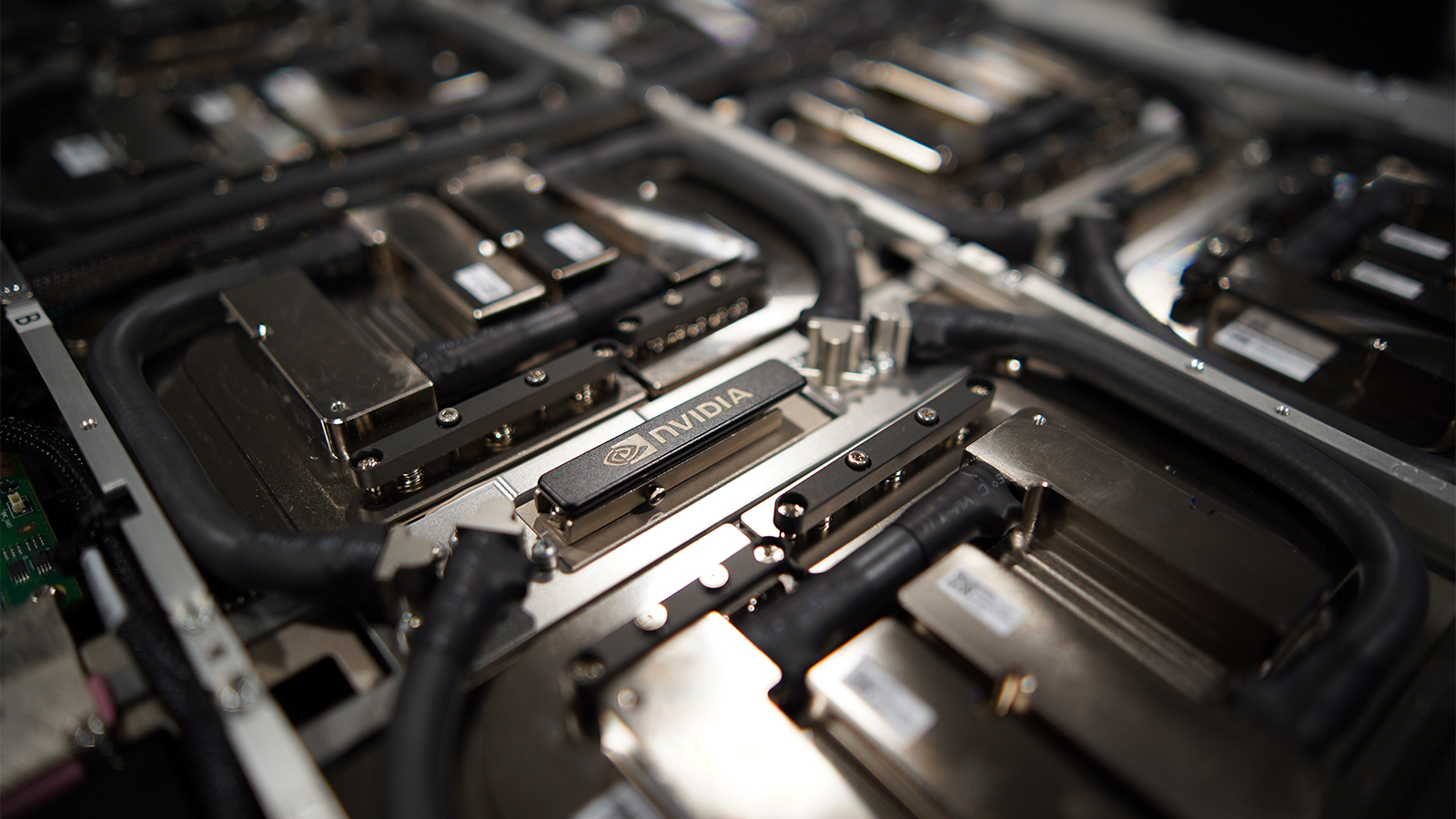
Update 6/19/2025 2:50 p.m. PT: We've updated the article below with an official statement from Alchip regarding the matter.
Amended article follows:
Nvidia's recent move to partially open its NVLink interconnect through its NVLink Fusion program has triggered significant interest across the industry, as eight companies have expressed interest in developing CPUs and semi-custom silicon for Nvidia's ecosystem. However, a recent DigiTimes report claims that Nvidia has retained some of the key NVLink components and may decide not to grant licenses to certain products, thereby barring their entry into the ecosystem.
Digitimes claims that a source at Alchip Technologies, one of the companies permitted to engage with the NVLink program, said that while the company can develop a full-stack NVLink implementation, its customers may struggle to deploy their solutions if Nvidia denies them access to certain layers of NVLink protocols, purportedly because Nvidia keeps access to protocols (beyond certain levels) gated while controlling the whole software stack.
Alchip has responded to the accusations with the following official statement to Tom's Hardware:
"Alchip reiterates its publicly stated premise: That NVLink enables custom silicon scale-up to meet the requirements of demanding workloads for model training and agentic AI inference. Alchip is an enthusiastic member of the NVLink ecosystem and wholeheartedly supports NVLink Fusion because it broadens the availability of NVLink through a design and manufacturing ecosystem, encompassing advanced processes and proven advanced packaging, advanced silicone node, and supported by the ASIC industry’s most flexible engagement. It’s our contribution to ensuring that the next generation of AI models can be trained and deployed efficiently to meet the demands of tomorrow’s intelligent applications.”
Nvidia's NVLink Fusion program does not, by itself, make NVLink an open industry standard. Only select companies among Nvidia's partners get access to it. For now, these include IP companies Cadence and Synopsys, contract chip designer Alchip Technologies, developer of purpose-built connectivity solutions Astera Labs, and CPU designers Fujitsu, Marvell, MediaTek, and Qualcomm. However, there is reportedly a catch: only the CPU designers seem to be able to implement NVLink both on hardware and software levels.
Technologies like Nvidia's NVLink typically use multiple protocols, including physical layer protocol (PHY), data link layer protocol, transport protocol, memory coherence protocol, atomic operation protocol, and NUMA protocol. While companies like Alchip can access everything related to hardware, the software layer responsible for initiating and configuring links is still controlled by Nvidia.
In addition to limiting the availability of NVLink Fusion IP to select partners (which is not bad per se), Nvidia also requires platform developers to implement at least one Nvidia product (CPU, GPU, Switch) into their platform, which brings it additional revenue, but somewhat reduces the flexibility of such inventions.
Such heavily controlled access to the NVLink limits the practical use of third-party hardware and restricts the seamless interoperability that open standards tend to provide (although NVLink is clearly not positioned as an open standard). Analysts questioned by DigiTimes argue that Nvidia's dominance in AI hardware and its vertical control over software, pricing, and supply create little incentive for genuine openness. Therefore, the article asserts that the NVLink Fusion program looks more like a calculated effort to maintain goodwill among select partners, expand NVLink ecosystem in a controlled manner, enable customers looking for sovereignty to build their own CPUs or special-purpose accelerators, and reduce appeal of competing platforms with UALink, which are expected to start gaining traction in late 2026 – 2027.
At the end of the day, the biggest competitive risk for Nvidia is not a single highly successful product from its rivals, but a competing ecosystem that features multiple competitive processors tailored for specific workloads. While Nvidia cannot stop such an ecosystem from emerging, it can either delay the moment it thrives or prepare for its emergence with the help of select partners, while preserving its record-high margins.
Follow Tom's Hardware on Google News to get our up-to-date news, analysis, and reviews in your feeds. Make sure to click the Follow button.







